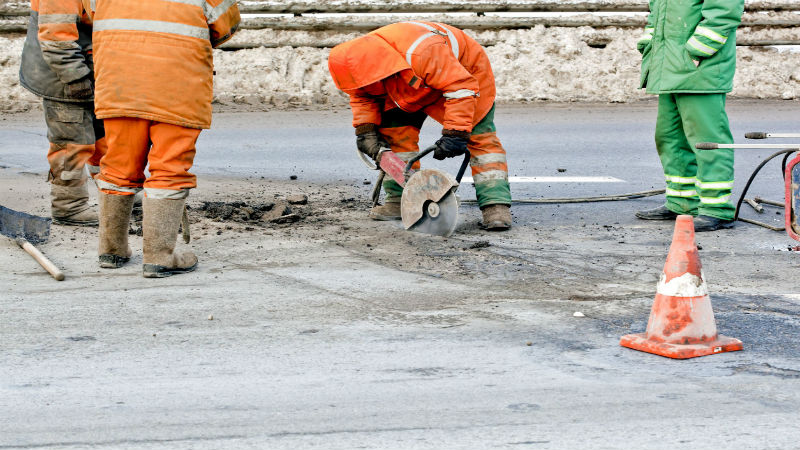Many people who work on or around farms are familiar with front end loaders. These machines scoop up and lift – or load, hence their name – any number of substances or materials. One of the primary reasons farmers and land workers keep these machines around is because they take both the mess and the back-breaking work out of some of the toughest jobs on the farm.
It’s a Dirty Job
The first tasks ever given to these machines around the time of their invention – typically accredited to brother Cyril and Louis Keller – was the movement and disposal of animal manure from pens and coops. Wanting to find an easier way to accomplish this, farmers partnered with machinery specialists and devised a plan for a machine with a relatively small footprint and powerful lifting capabilities. These machines were tweaked and tuned until they became the front loaders we are now familiar with.
But Somebody’s Got to Do It
Most companies who market front end loaders to today’s agricultural professionals do so with several tasks in mind. The first is sanitation work, as mentioned in the previous section. The second is moving raw materials such as mulch, rocks and gravel, sand, wood chips and soil from one place to another, either for disposal purposes or as part of landscaping jobs. The last is safety and mobility, such as removing snow from an area where people and vehicles need access or cleaning up after a natural disaster such as a flood or a storm. None of these jobs are very pretty or pleasant, but these hardworking machines don’t care. Front end loaders and other heavy farm and land work equipment is designed to handle what humans cannot, and often what they’d simply rather not.






